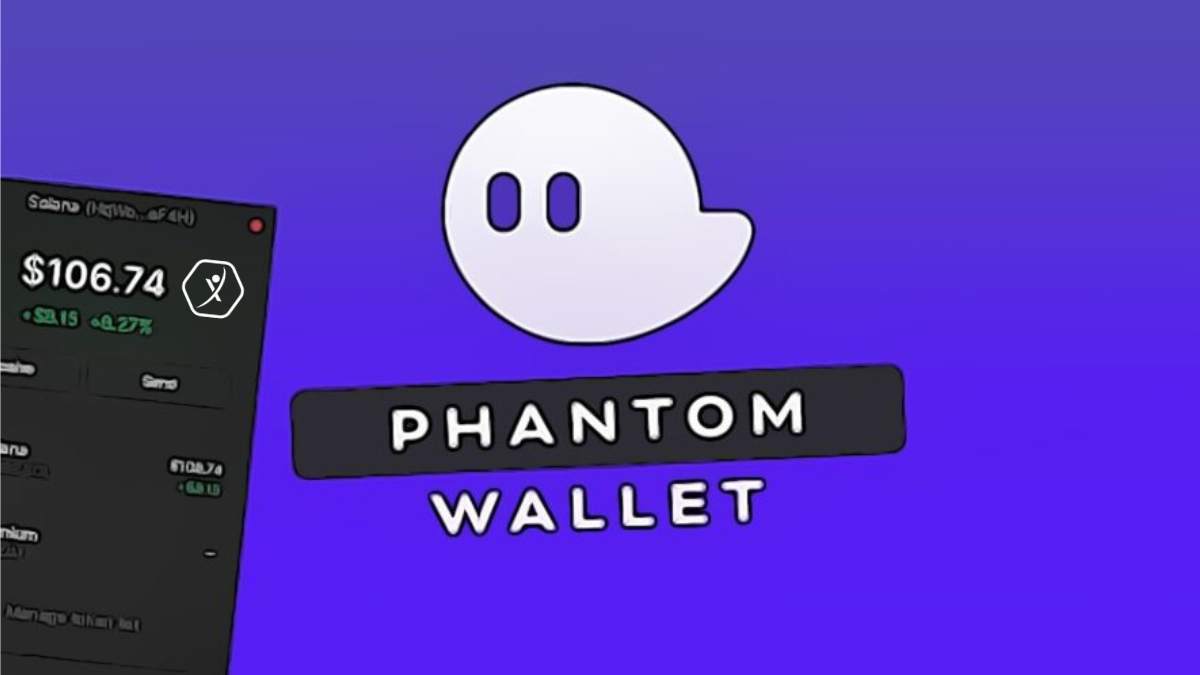So, I was fiddling around with some Solana-based DeFi projects the other day, and wow—there’s just something wild happening here. SPL tokens, Solana’s native token standard, might not sound flashy at first, but trust me, they’re quietly reshaping how we think about decentralized finance and NFTs on this blazing-fast blockchain. Seriously? Yeah, seriously. While Ethereum has been hogging the spotlight for years, Solana’s ecosystem is sprinting ahead, mostly because of these SPL tokens and the crazy low fees.
Here’s the thing. When I first dove into Solana, I thought, “Okay, it’s just another blockchain with some tokens.” But then I realized the sheer speed and scalability make DeFi protocols here feel way more accessible. Things that used to be prohibitively expensive or sluggish on Ethereum suddenly feel… doable. It’s like going from dial-up to fiber optic overnight.
But let me back up a bit because there’s a catch. Managing SPL tokens and navigating DeFi on Solana isn’t always straightforward unless you’ve got the right tools. That’s where wallets like phantom come in. They’re not just wallets; they’re the front door to this whole new universe.
Okay, so check this out—if you’re into NFTs or yield farming on Solana, Phantom makes the experience silky smooth. I’m biased, sure, but the interface feels natural, almost like it was built for humans, not robots. And given how fast Solana moves, having a wallet that keeps up without hiccups is very very important.
Something felt off about the whole DeFi hype before I really dug into Solana’s SPL tokens. Most platforms were sluggish, fees were outrageous, and the UX was a mess. But Solana flips the script. The speed and costs aren’t just incremental improvements—they’re game changers.
Now, you might wonder—what exactly are SPL tokens? Think of them as Solana’s answer to Ethereum’s ERC-20. They’re the standard for fungible tokens, but also for NFTs and other digital assets. The key difference? SPL tokens ride on Solana’s ultra-fast network, which means transactions settle in seconds, not minutes.
And on one hand, that sounds fantastic, but on the other, it introduces new challenges. For instance, because Solana is so new, the ecosystem is still evolving. Some DeFi protocols are experimental, and wallet integrations aren’t always seamless. Actually, wait—let me rephrase that—wallets like phantom have done a great job smoothing out many rough edges, but you still need to keep your wits about you.
Here’s what bugs me about some DeFi projects on Solana: the hype sometimes overshadows the actual risks. I’m not 100% sure all these protocols will stand the test of time, but the infrastructure—especially the SPL token standard—feels solid and thoughtfully designed.

Think of SPL tokens as building blocks. DeFi protocols on Solana piece these blocks together in ways that create lending platforms, decentralized exchanges, and liquidity pools that are not only fast but also inexpensive to use. This opens doors for smaller investors who used to shy away from Ethereum’s gas fees.
One of my aha moments came when I tried swapping SPL tokens through a Solana DeFi platform connected via Phantom. The transaction took less than two seconds and cost mere fractions of a cent. I mean, c’mon—that’s ridiculous compared to Ethereum’s often $20+ fees.
But okay, let’s not get carried away. Low fees and speed don’t automatically mean everything’s perfect. Solana’s network has faced some outages and congestion issues, which can be frustrating when you’re in the middle of a trade or NFT drop. However, the community and developers are pretty quick to patch things up.
Why Phantom Is More Than Just a Wallet
I’ll be honest—back when I first started using Solana, I juggled a few wallets and got tangled in confusing UX. Phantom came as a breath of fresh air. It feels native to the Solana ecosystem and supports SPL tokens out of the box. Plus, it integrates smoothly with most DeFi protocols, making it easier to jump from staking to swapping to NFT collecting.
Phantom’s browser extension is especially handy. You just click, connect, and boom—you’re ready to interact with DeFi apps or mint NFTs. The whole process feels intuitive, which is crucial because even the most hardcore crypto users get turned off by clunky interfaces.
Oh, and by the way, the security features Phantom offers are solid without being overbearing. You’re prompted for approvals, your private keys never leave your device, and it supports hardware wallets for that extra peace of mind. It’s like having a personal crypto bodyguard that doesn’t slow you down.
Something else worth mentioning: Phantom’s growing integration with DeFi protocols means you can manage your SPL token portfolio and liquidity positions all in one place. That’s a huge time saver and reduces the risk of errors when switching between apps.
Still, remember that no wallet or protocol is foolproof. I always recommend double-checking contract addresses and being cautious with new or unaudited projects. Phantom helps, but at the end of the day, your crypto safety depends on your own vigilance.
So, if you’re dipping your toes into Solana’s DeFi waters, Phantom is a solid first step. It’s user-friendly enough for beginners and robust enough for seasoned traders. Plus, having SPL tokens standardized across the network means your assets are portable and compatible with a vast array of apps.
On a personal note, I’ve found that the combination of SPL tokens, Solana’s speed, and Phantom’s usability creates a synergy that just clicks. It’s not just about technology; it’s about how these pieces fit together to deliver a better user experience that could push crypto mainstream.
That said, I’m still watching how this space evolves. DeFi is notoriously volatile, and while Solana’s architecture is promising, the ecosystem’s resilience will be tested as it scales.
So yeah, if you want to explore DeFi or NFTs on Solana, grabbing Phantom is a smart move. From there, you can experiment with SPL tokens across lending platforms, decentralized exchanges, and NFT marketplaces without feeling overwhelmed.
And if you haven’t checked it out yet, here’s a link to the phantom wallet extension. It’s hands down one of the slickest ways to interact with Solana’s DeFi and NFT ecosystem.
To wrap up—well, not really wrap up because I could go on forever—but to circle back, SPL tokens are quietly revolutionizing how we use crypto. Combined with Solana’s speed and wallets like Phantom, they create a powerful trio that’s hard to ignore. It’s an exciting time, but keep your eyes open, because things in crypto rarely stay simple for long…
